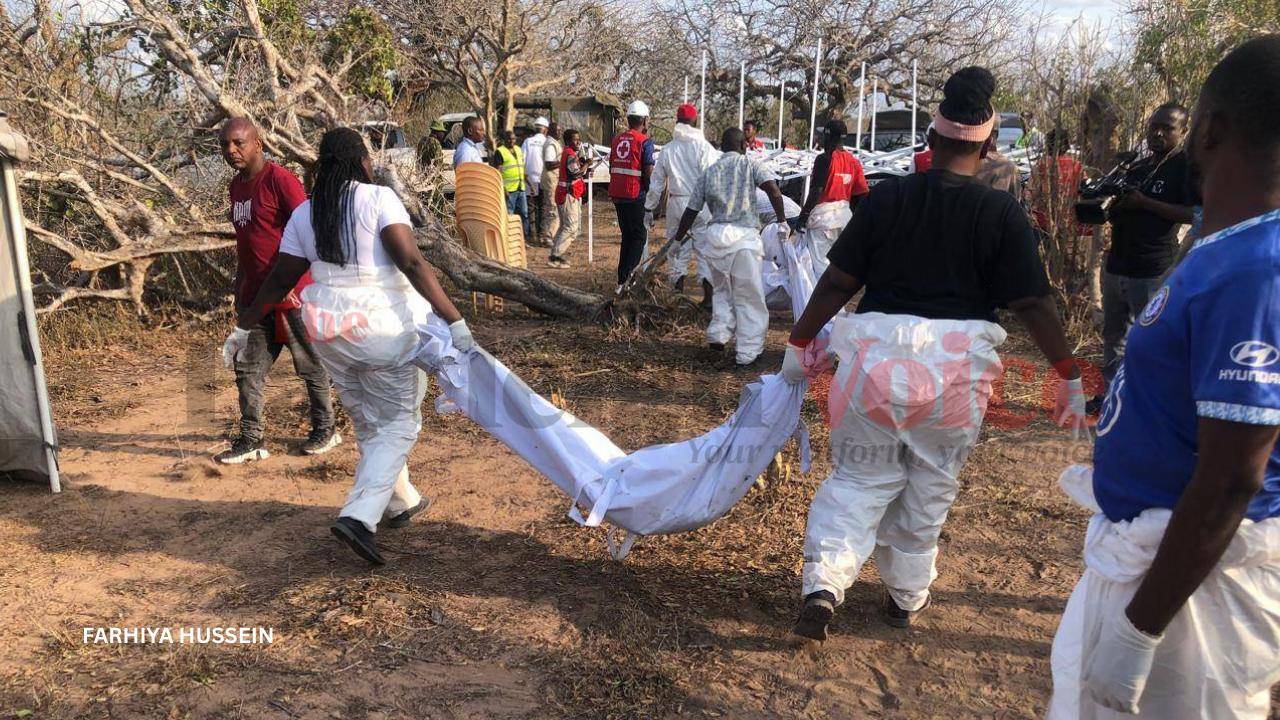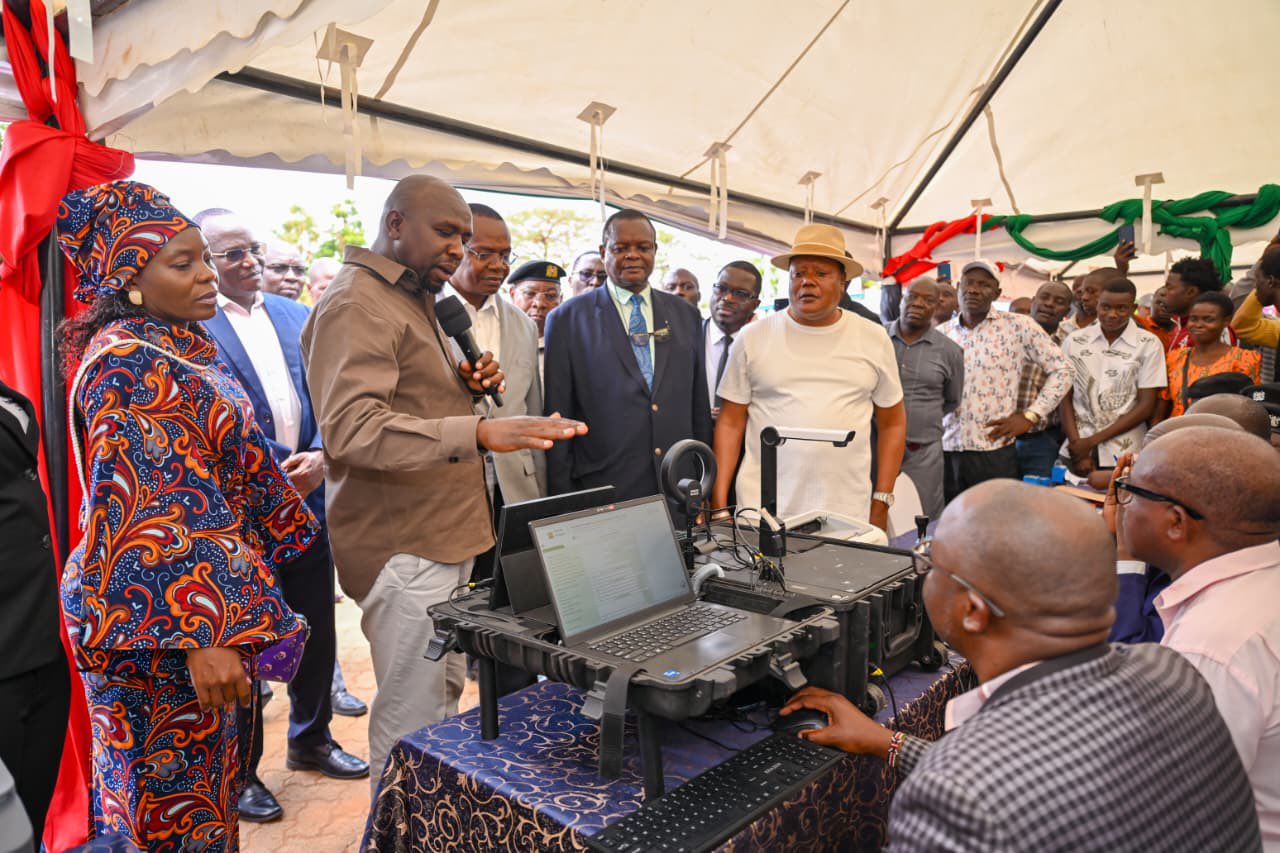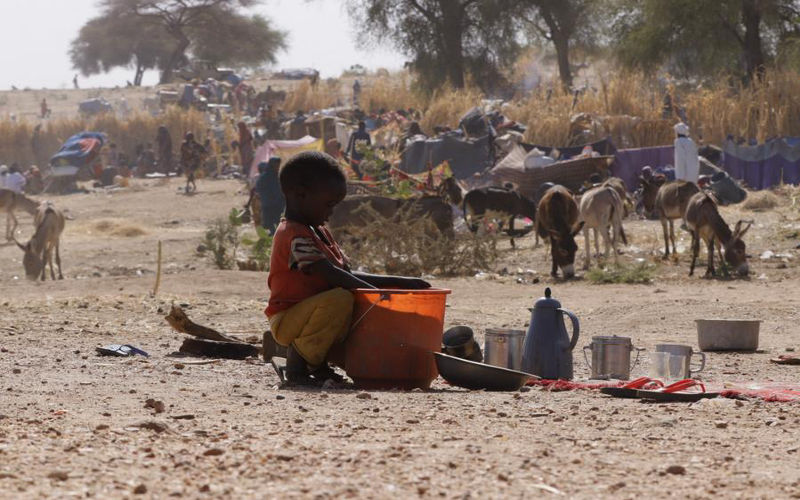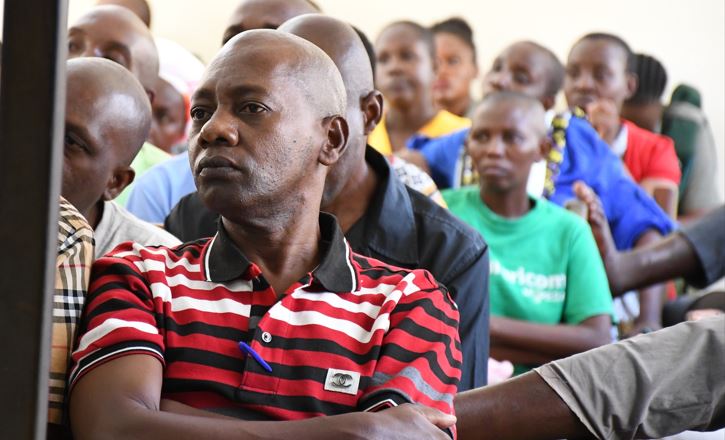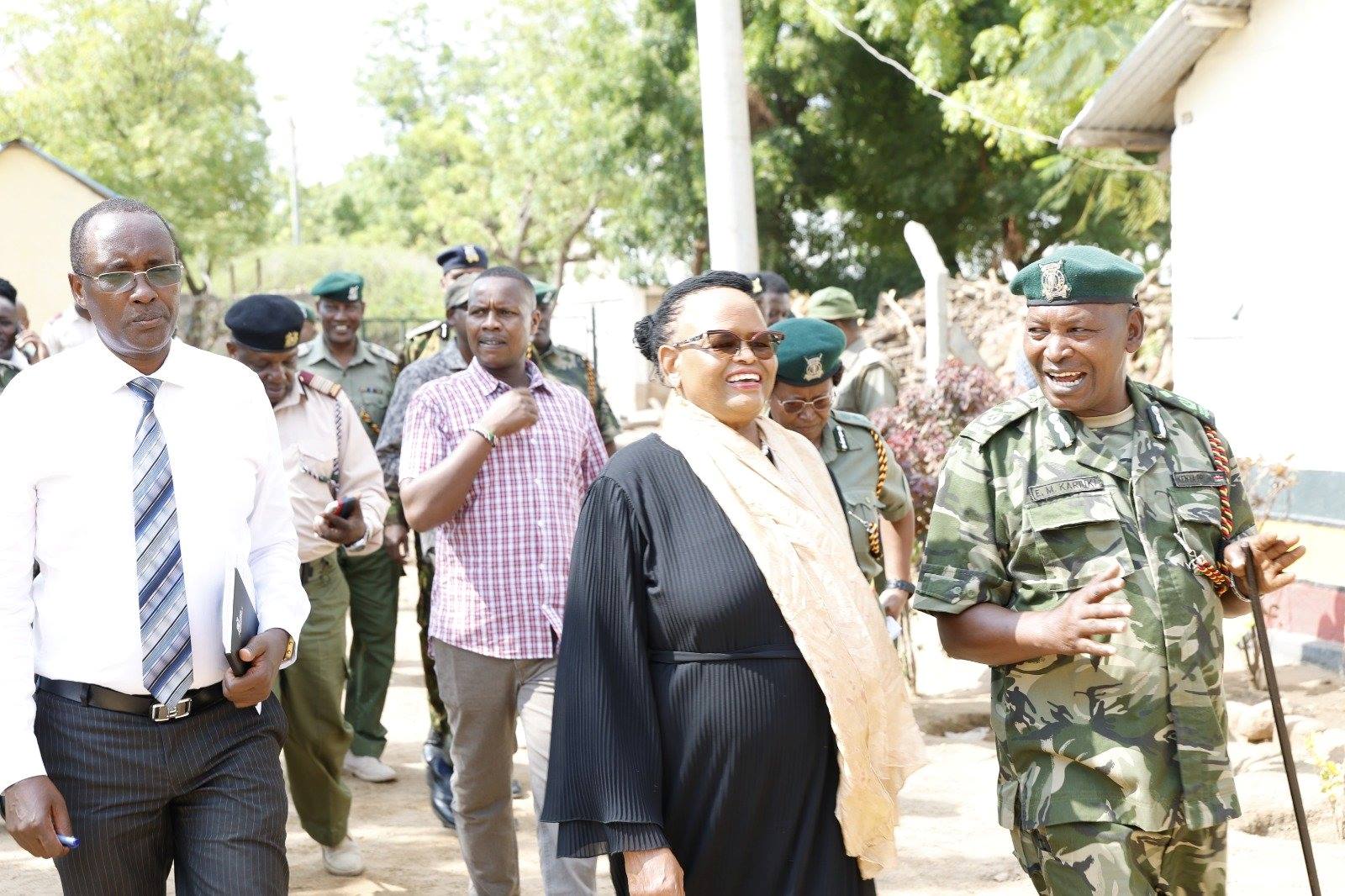Displaced and disappointed: Flood victims face empty shelters and uncertain future
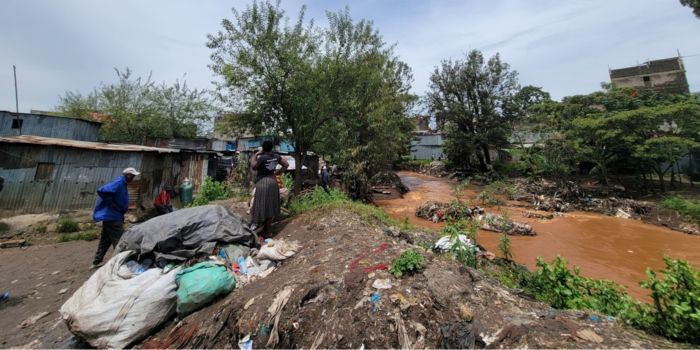
Ironically, the need for boats in Nairobi became apparent when the water vessels were used to rescue people marooned by floodwater in several areas
The devastating floods that have hit various parts of the country since the heavy rains began in March have left a trail of destruction, with many Kenyans yet to return to their normal lives.
By Wednesday afternoon, the persistent heavy rains had affected 31 counties, with the subsequent floods claiming 257 lives, affecting 293,661 individuals, and displacing 54,837 households.
More To Read
- Government activates nationwide emergency response amid heavy rain advisory
- April to bring heavy rainfall, warmer temperatures - weatherman
- Weatherman predicts moderate to heavy rainfall in Nairobi, other counties
- Met warns of extreme daytime temperatures of 30°C in several regions
- Dry spell with occasional rain expected in some areas this week - Weatherman
- China gives over Sh370 million in flood relief for Mathare school children
The disaster, which could have been avoided according to multiple government reports and human rights organisations, has pushed the state to mobilise Sh4 billion to support recovery and relief efforts, casting the spotlight on the government’s failure to adhere to its internal advisories.
A performance audit report by the Auditor-General on the response to floods by the State Department for Internal Security and National Administration and that of Arid and Semi-Arid Lands and Regional Development, which was released in March last year, highlighted a lack of contingency planning, weak response capacity and challenges in evacuation of victims, amongst the gaps facing flood response.
Its recommendations were largely ignored until the “shocking” heavy rains began to pound the country.
Human Rights Watch (HRW) notes that despite the country having a comprehensive National Climate Change Action Plan 2023–2027 and a national disaster management unit that identifies flooding as a risk and maps out areas that could be affected and ways to mitigate it, the country was seemingly caught flat-footed by the heavy rains.
HRW further notes that a mistake occurred in November last year when President William Ruto dismissed the meteorological department’s prediction that the El Nino phenomenon, which is characterised by abnormally heavy rains, would hit the country from mid-October to December till early this year.
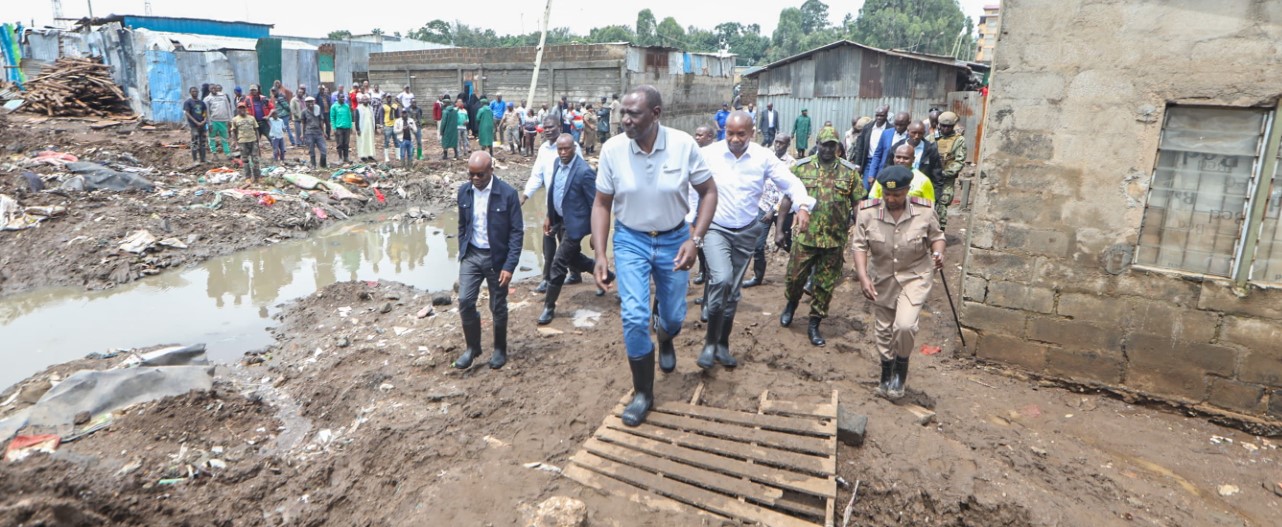 President William Ruto visits the Kiamaiko area in Mathare, Nairobi, to assess the flood situation, on May 6, 2024. (Photo: PCS)
President William Ruto visits the Kiamaiko area in Mathare, Nairobi, to assess the flood situation, on May 6, 2024. (Photo: PCS)President William Ruto 2024
Instead, the president sought to assure Kenyans that the dreaded El Nino rains would not occur.
His remarks came at a time when Kenya was planning for the dreaded heavy rains that were expected to cause severe flooding.
“That same month, the government announced that at least Sh10 billion would be released to prepare a nationwide response. However, the government failed to put in place a timely national response plan,” the HRW said in a statement.
It is still not clear how the funds were used, even as media reports claimed that some of the money was misappropriated.
An additional Sh8.2 billion was also approved by parliament in November last year. The Public Finance Management Act of 2023 also requires county governments to set aside two per cent of their annual budgets for disaster response.
What followed was a season of hot temperatures that threw the mitigation plans in disarray, with some counties allegedly diverting the funds meant for emergency expenditure to other “pressing” needs.
However, since March, heavy rains have been ravaging the country, marking some of the most catastrophic weather events for years. The recent threat of Cyclone Hidaya further threatened to worsen an already dire situation.
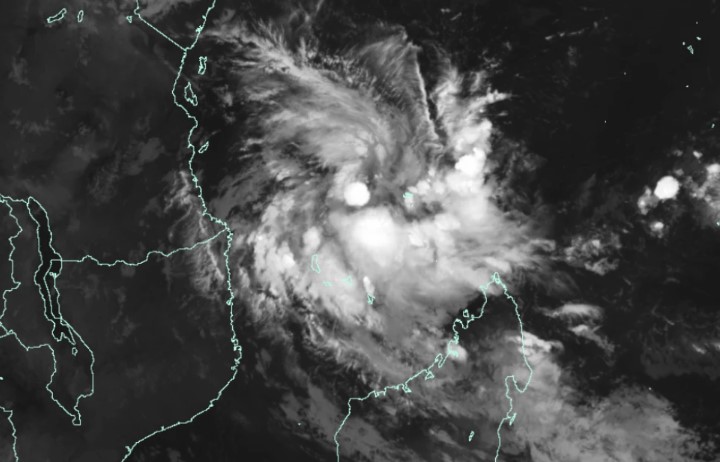 Tropical Cyclone Hidaya as captured by a tracker. (Photo: X/Met Office Storms)
Tropical Cyclone Hidaya as captured by a tracker. (Photo: X/Met Office Storms)
Emerging questions
But even as the rains continue to hit various counties, including Nairobi, Tana River, Garissa, Lamu, Busia, Migori, Kisumu, and Homa Bay, questions have emerged as to whether the impact would have been reduced with better planning.
Ironically, the need for boats in Nairobi became apparent when the water vessels were used to rescue people marooned by floodwater in various estates including Mathare and high-end neighbourhoods like Runda.
Amnesty Kenya Executive Director Irungu Houghton, in a statement, said there has been an alarming discrepancy in risk exposure that the effects of the heavy rains have had on the economically and politically marginalised populations and the middle class.
“Despite warnings from experts, the floods have claimed numerous lives and displaced hundreds of thousands, disproportionately affecting marginalised communities,” he said.
With all the financing and contingency measures, the government appeared well prepared for the effects of heavy rains, but the events of recent weeks have cast a spotlight on it, with Kenyans questioning the state’s readiness to deal with disasters.
“An official with the Kenya Red Cross Society told Human Rights Watch that Kenya seems to have the requisite capacity and resources to adequately prepare for the heavy rains, but the government was slow to act despite warnings from the meteorological department and its partners,” the HRW said.
Despite harsh lessons from seasonal rains late last year and the meteorological department’s warnings, the authorities did not take appropriate measures to avert further disaster in early 2024 and were slow to respond, leading to catastrophic disasters in low-income neighbourhoods of Nairobi like Mathare, Mukuru Kwa Njenga, and Kariobangi, HRW added.
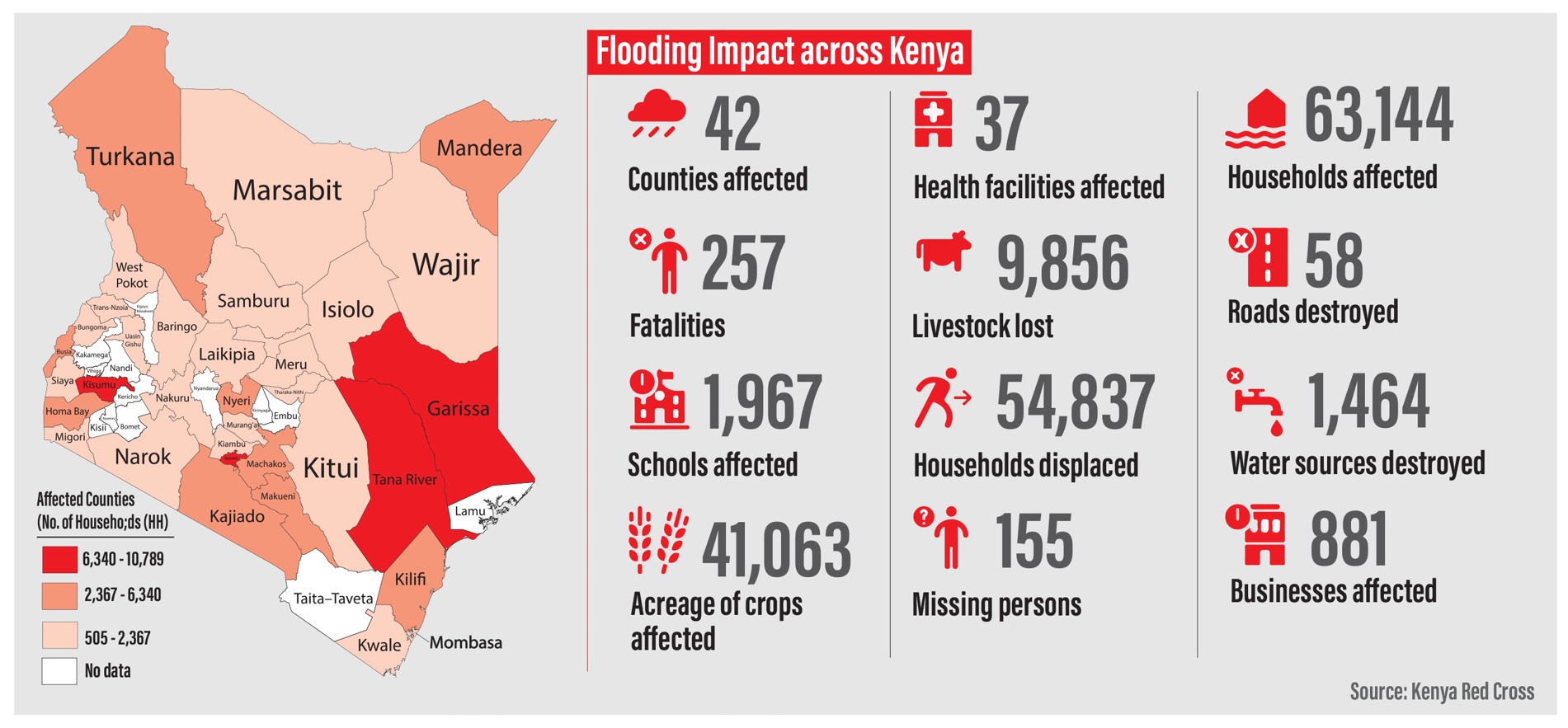
On its part, Amnesty International further noted that it was community-based organisations that came to the rescue of most victims, way before government interventions started.
“Drawing from the experience of listening to affected residents in Mathare, community-based organisations play a critical role in providing immediate support. However, there is absence of crucial government services such as trauma counselling, medical assistance, and assistance with documentation and relocation,” Houghton said.
In her report, Auditor-General Nancy Gathungu noted that lack of adherence to early action, enhancing challenges in the evacuation of victims, improving relief processes, recovery interventions towards communities and critical infrastructure, and better coordination of response are the major gaps bedevilling the country during floods as seen in past incidents.
“The State Department for Internal Security and National Administration, through the National Disaster Operations Centre, should work with the relevant stakeholders to fast-track the development and implementation of an early warning strategy for the country. This will enhance preparedness for flood response at the national and county levels,” the report said.
The audit covered four flood-prone catchment areas in six counties: Baringo and Narok in the Rift Valley catchment area, Busia in the Lake Victoria north catchment area, Garissa and Tana River in the Tana catchment area, and Kisumu in the Lake Victoria catchment area.
It revealed that out of 54 county-level disaster management committee meetings, only three deliberated on flood early warning information and evaluated the levels of preparedness.
“Most of the time, the administrators convened the meetings to discuss issues on relief distribution and other broader response issues, such as flood impacts and evacuation of victims after the occurrence of floods,” the report said.
It added that communities’ failure to move to higher grounds was perpetuated by a lack of designated evacuation centres, inadequate basic facilities in the available camps, and fear of loss of property left behind.
“Consequently, floods led to loss of lives and property in the affected areas, which would have been avoided if action had been taken following early warnings. The lack of early action on floods and early warnings may be attributed to the lack of a framework for “early warning, early action” in the country,” the report said.
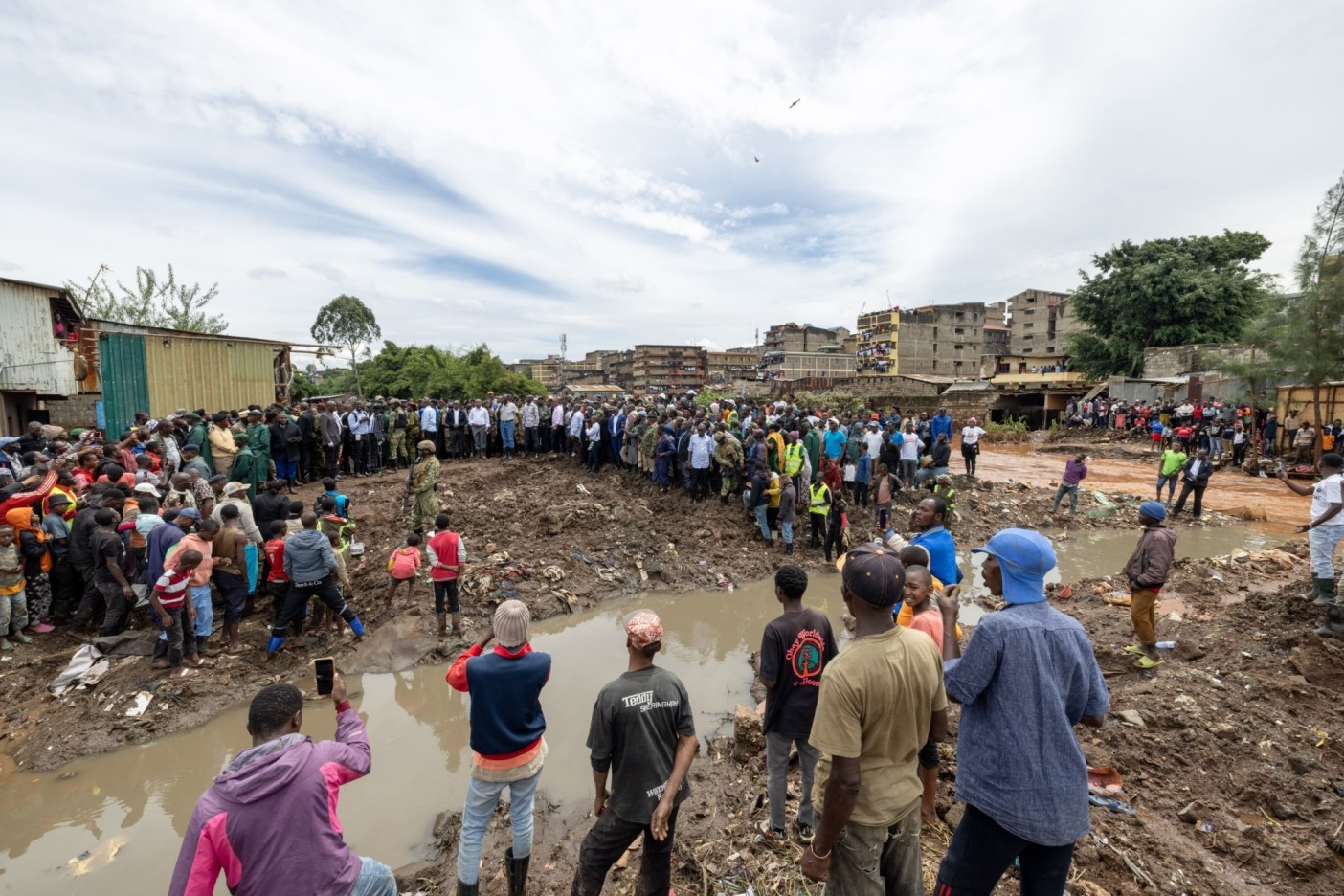 President William Ruto during a tour of the Kiamaiko area in Mathare sub-county, Nairobi, on May 6, 2024.
President William Ruto during a tour of the Kiamaiko area in Mathare sub-county, Nairobi, on May 6, 2024.President William Ruto during a tour of the Kiamaiko area in Mathare sub-county, Nairobi, on May 6, 2024.
Extreme floods
In 2001, ReliefWeb published the findings of a research paper by the World Commission on Dams titled “Dams and floods” which revealed that dams across the world are often designed with very poor knowledge of the potential for extreme floods.
“Where data does exist, it may fail to consider current risks such as increased rainfall due to climate change or increased run-off of water from land due to deforestation or the drainage of wetlands. The loss of these natural sponges for floodwaters within the river basin increases the risk of extreme floods,” the organisation noted.
The findings revealed that dam managers often make emergency releases of water too late —at times of very high rainfall and exceptional river flows.
“This is because their primary purpose is to generate hydroelectricity and provide water for cities, as well as preventing flooding downstream. However, as the reservoir overfills, they are forced to make releases of water that are far greater and more sudden than flows that would have occurred during the natural river flooding.”
The report recommended that where dams must be built, the storage and release of water must be in tune with the natural river system and the needs of the people who rely on the river downstream, such as fishing communities and floodplain farmers.
On May 2, the Kenyan government issued what has been described as an abrupt evacuation order from settlements in 33 counties that are near 178 high-risk dams and water reservoirs, leaving the affected communities with no time to plan their movements.
The move came days after increased inflows in the Seven Forks dams resulted in spillages leading to flooding in the lowland areas of Garissa and Tana River counties.
Still, the announcement of holding camps for affected communities in Nairobi came a little late after most had already been displaced from their homes.
While the announcement still helped provide “an official” holding ground, the declaration of May 13 as the official school reopening date again put the families in a dilemma as they will have to move from the schools they are staying in and search for alternative accommodation as they await the government’s promised Sh10,000 rent allowance per household.
“Each of the 40,000 households that have been displaced by floods in Nairobi County will be paid Sh10,000 so they can find alternative accommodation as we plan for their future as a government so that every Kenyan has a place to call home,” President Ruto said during his impromptu visit to Kiamaiko on Monday.
Top Stories Today

